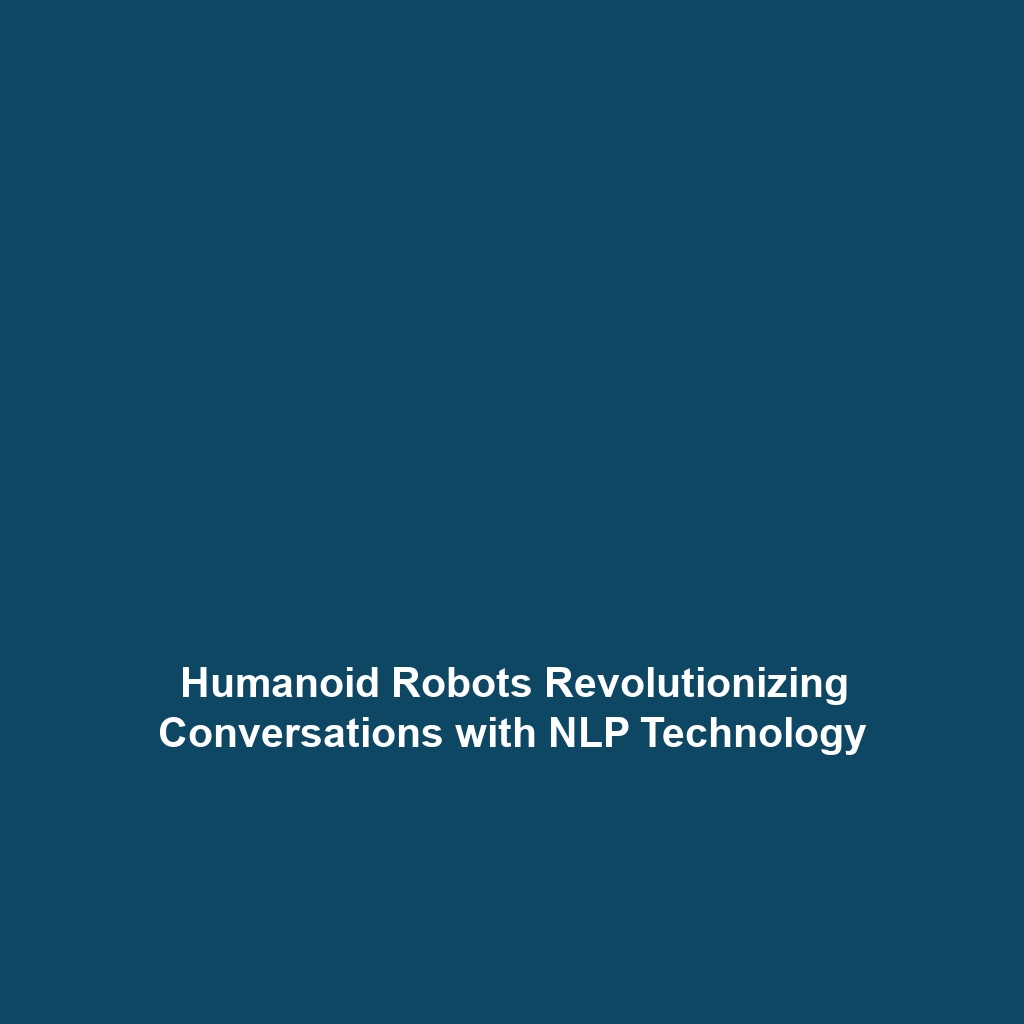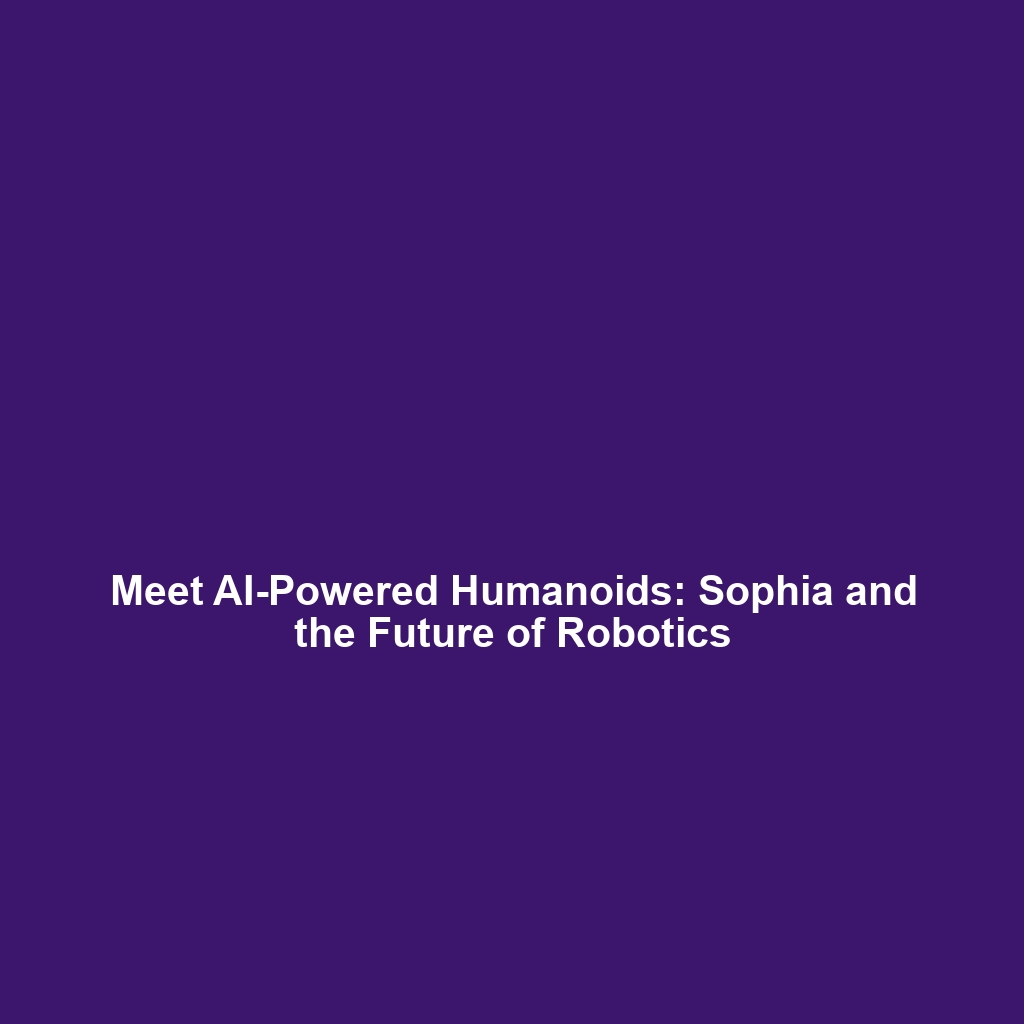History and Evolution of Humanoid Robots: Key Milestones in Development
The history and evolution of humanoid robots represent a fascinating journey through technological advancements and scientific breakthroughs. As we delve into key milestones in this field, we uncover how these remarkable machines have evolved from simple mechanical contraptions to complex systems capable of mimicking human behavior. The development of humanoid robots not only impacts robotics but also influences artificial intelligence and human-computer interaction.
Key Concepts in Humanoid Robots
Understanding the history and evolution of humanoid robots requires familiarity with several major concepts:
- Anthropomorphism: The attribution of human characteristics to non-human entities, which plays a critical role in human-robot interaction.
- Artificial Intelligence (AI): Essential for enabling humanoid robots to perform tasks that require cognitive abilities.
- Mechanical Design: The physical structure that allows humanoid robots to mimic human motion and form.
- Sensors and Actuators: Key components that allow humanoid robots to perceive their environment and respond accordingly.
These concepts are integral to understanding how humanoid robots have developed and their significance in the modern world.
Applications and Real-World Uses
Humanoid robots have found various real-world applications that showcase their capabilities and potential:
- Healthcare: Robots like Robear assist in patient lifting and providing care for elderly patients.
- Customer Service: Humanoid robots such as RoboThespian interact with customers in retail settings.
- Education: Robots like NAO are used as teaching assistants in classrooms to engage students.
These examples illustrate how the principles guiding the history and evolution of humanoid robots translate into tangible applications within the field of humanoid robotics.
Current Challenges in Humanoid Robotics
Despite the advancements in the history and evolution of humanoid robots, several challenges still persist:
- High production costs hinder widespread adoption.
- Technical limitations in creating robots that can navigate complex environments.
- Ethical implications regarding human-robot relationships.
- Integration into existing societal structures poses various challenges.
Future Research and Innovations
The future of the history and evolution of humanoid robots is ripe with potential for innovation. Upcoming research focuses on:
- Advanced AI: Developing smarter algorithms for better human interaction.
- Robustness: Enhancing physical capabilities for varied terrains.
- Emotion Recognition: Improving the sensitivity of robots to human emotional cues.
These innovations aim to address current challenges while enhancing the functionality of humanoid robots.
Conclusion
In summary, the history and evolution of humanoid robots reveal a trajectory filled with significant milestones that have shaped modern humanoid robotics. Their applications continue to expand, presenting numerous benefits to society. As we look to the future, ongoing research and innovation play a pivotal role in overcoming existing challenges and unlocking new possibilities.
For further insights into humanoid robots and their implications, consider exploring our other articles on humanoid robots, or delve into related topics such as artificial intelligence and robotics technology.









